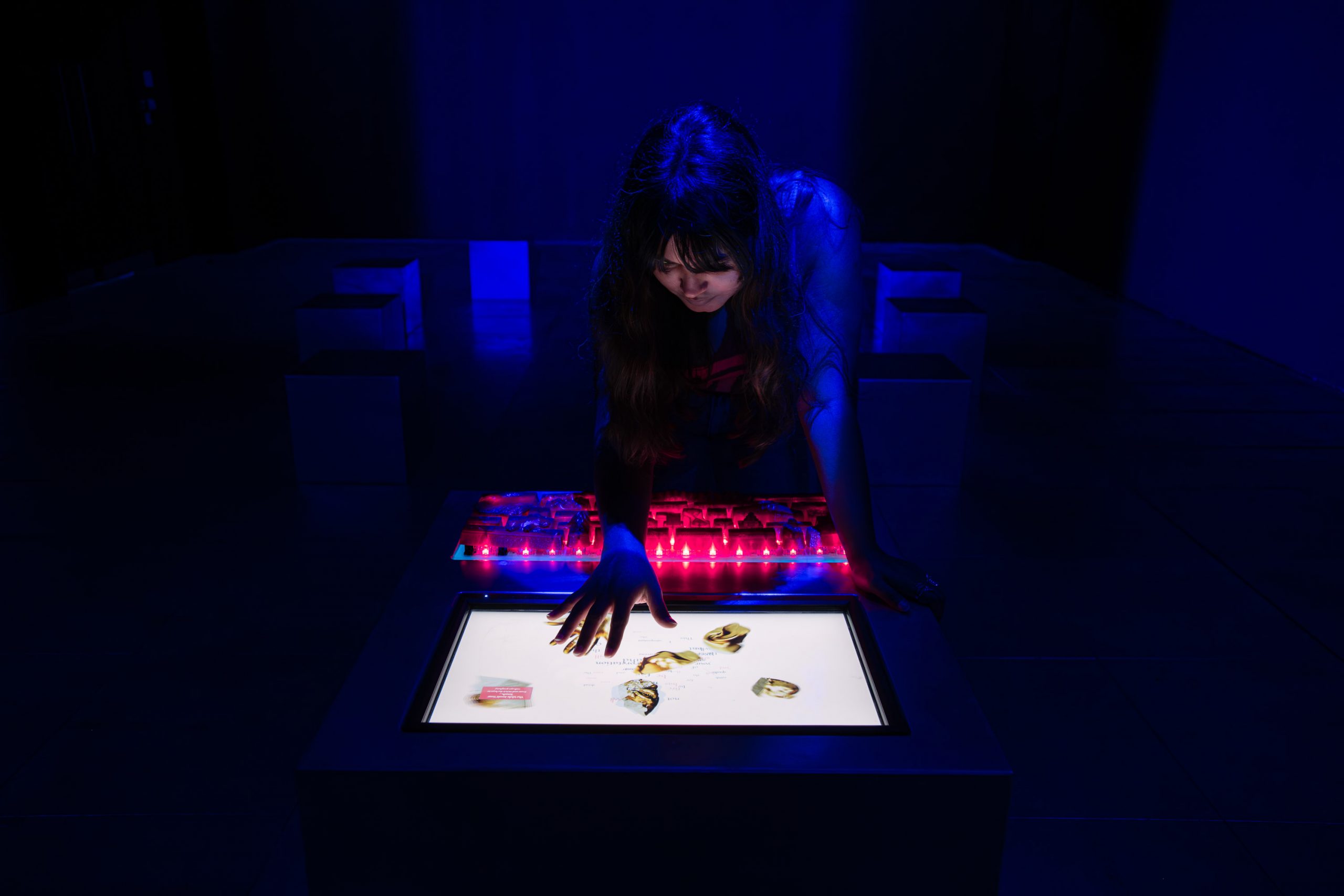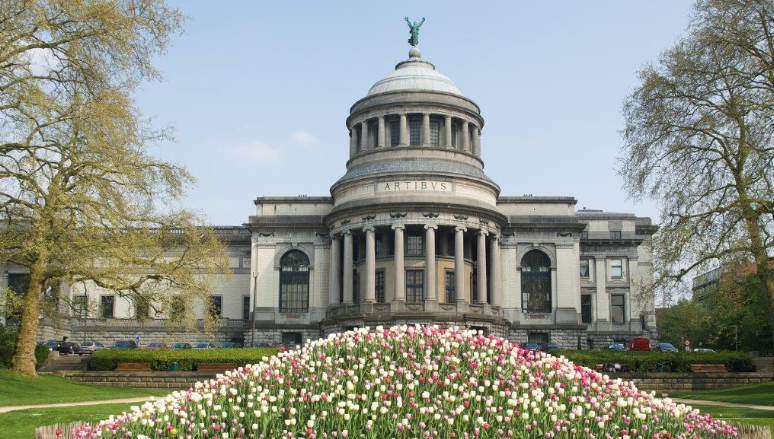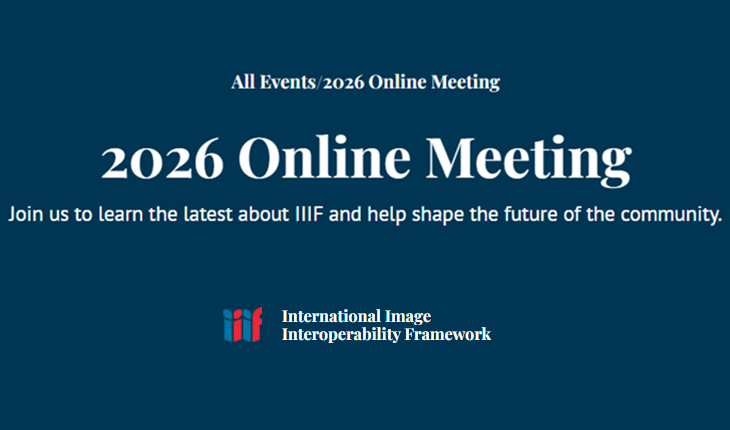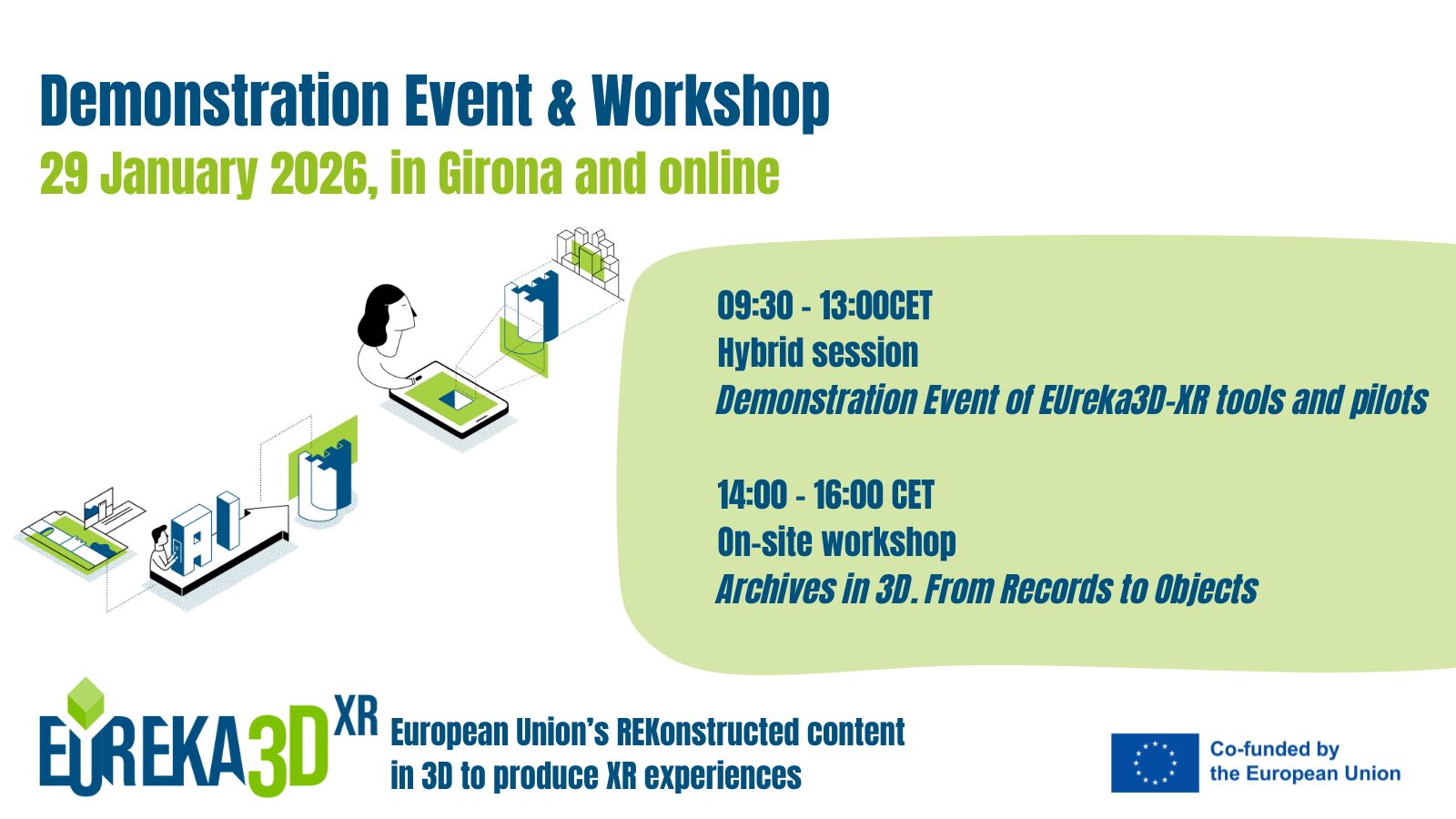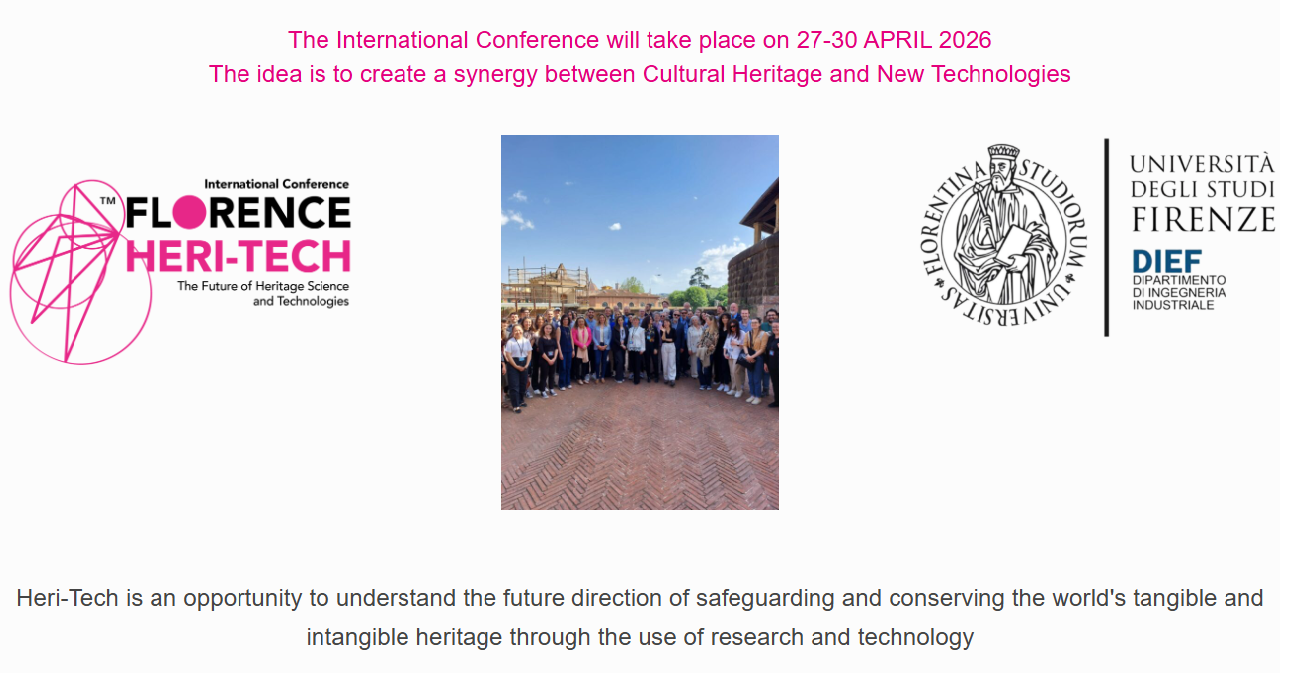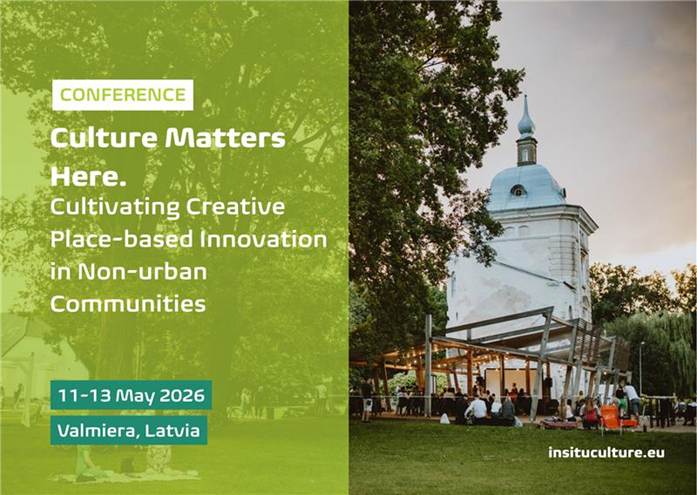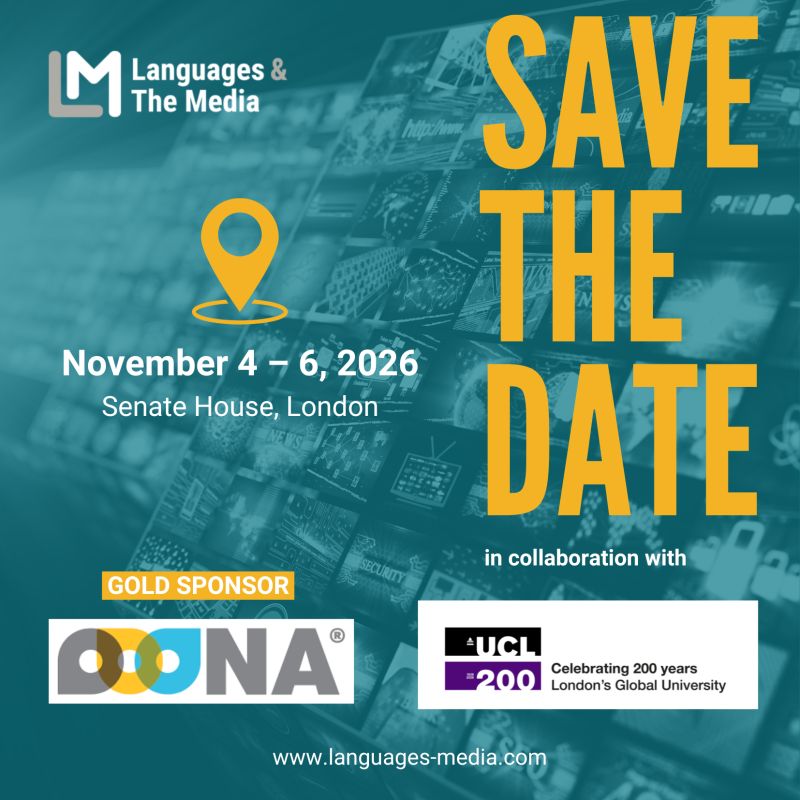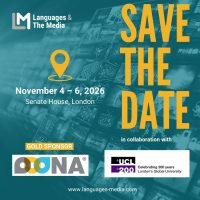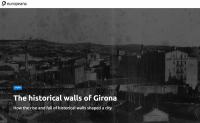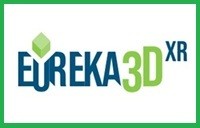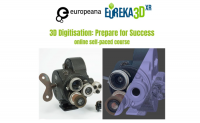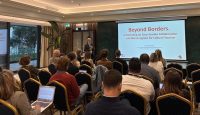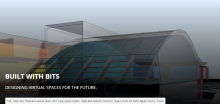
PrestoCentre Preservathons are two-day hands-on events developed around main themes and challenges in audiovisual digitisation, preservation and long-term access.
During the first day, attendees will work together in small groups. Activities include workshops, roleplaying, demonstrations, presentations, writing and negotiation exercises (e.g. call for tender, SLA). Each Preservathon includes a competitive element.
The second day is organised as a mini-conference including concise presentations and demonstrations of the results and experiences from the first day, a ceremony to award the winning group, and a short but informative review on the subject, including the state of relevant technology, related research, and open questions.
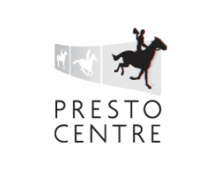 The Preservathon organised in Brussels on 13-14 November 2014, made possible by the Presto4U project, will provide context, meaningful discussions and insights into opportunities and challenges within the force-field where AV archives need to decide on what to preserve (selections), when to digitise (priorities), how to digitise (formats & technologies) and, above all, who to partner with.
The Preservathon organised in Brussels on 13-14 November 2014, made possible by the Presto4U project, will provide context, meaningful discussions and insights into opportunities and challenges within the force-field where AV archives need to decide on what to preserve (selections), when to digitise (priorities), how to digitise (formats & technologies) and, above all, who to partner with.
Digitisation is a highly specialised and technical niche. Even though AV archives could consider building skills and competence themselves, it makes far more sense to develop long term business relationships with knowledgeable and reliable commercial partners. The Preservathon caters for this approach. It will provide a challenge to all attendees to learn to understand their own requirements and how these relate to existing vendor services and solutions. The challenge will set the scene for understanding the institutional requirement and needs and how to scale these to the initial thinking about RFI and RFP processes. During the Preservathon, participants will be supported by experts from major AV archives that went through this process over the last decade and they can consult a panel of experts from vendors and learn to understand how their services link to their specific challenge.
For further information and to register to the Preservathon please visit the event website.
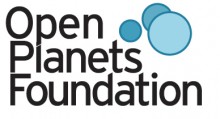 This event, organised by the Open Planets Foundation on 1-2 September 2014 at the German National Library of Economics in Hamburg, focuses on the PDF file format and associated tools. The themes that have been identified for the event are:
This event, organised by the Open Planets Foundation on 1-2 September 2014 at the German National Library of Economics in Hamburg, focuses on the PDF file format and associated tools. The themes that have been identified for the event are:

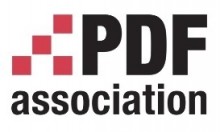
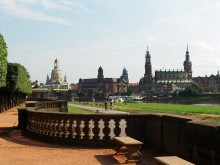

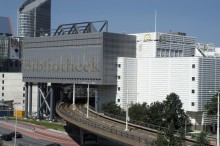
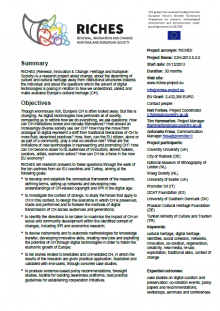
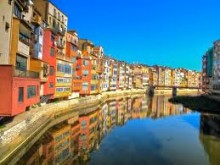
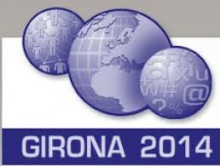
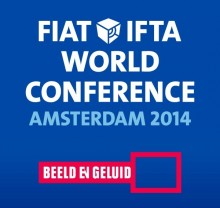
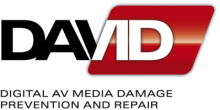 Our sister project DAVID, with which PREFORMA signed a Memorandum of Understanding, will be present at the
Our sister project DAVID, with which PREFORMA signed a Memorandum of Understanding, will be present at the 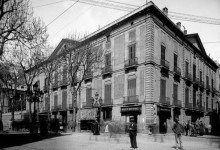
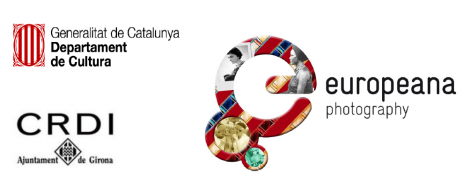


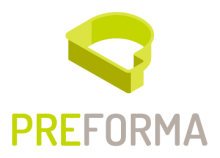 PREFORMA will participate in the conference with a presentation of its objectives and expected outcomes, focusing in particular on the benefits that the project can bring to the cultural institutions. The presentation is included in the programme of the workshop “
PREFORMA will participate in the conference with a presentation of its objectives and expected outcomes, focusing in particular on the benefits that the project can bring to the cultural institutions. The presentation is included in the programme of the workshop “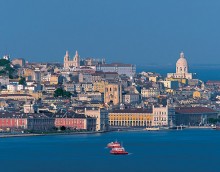
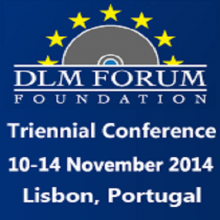 The
The 

 The Preservathon organised in Brussels on 13-14 November 2014, made possible by the
The Preservathon organised in Brussels on 13-14 November 2014, made possible by the 